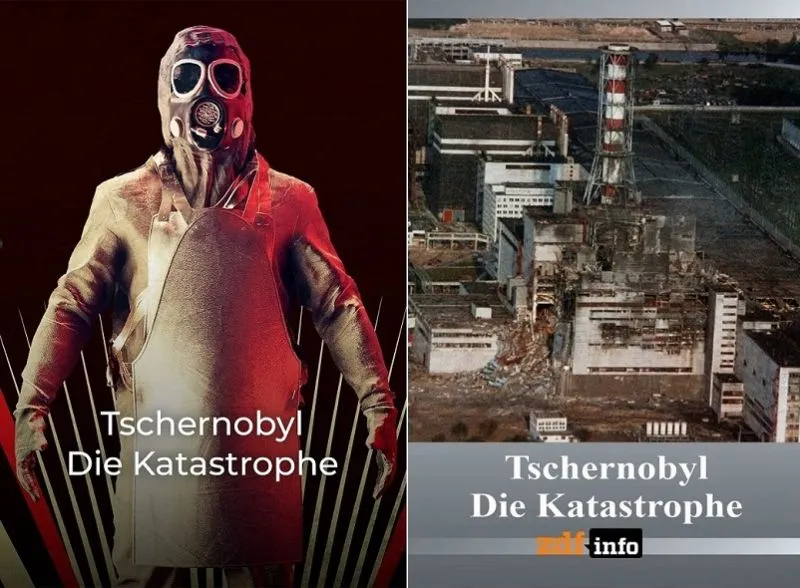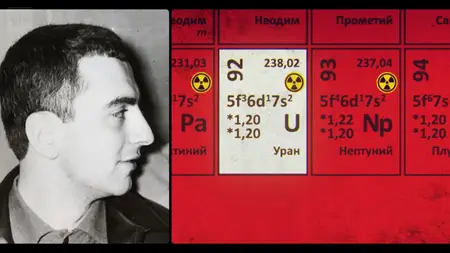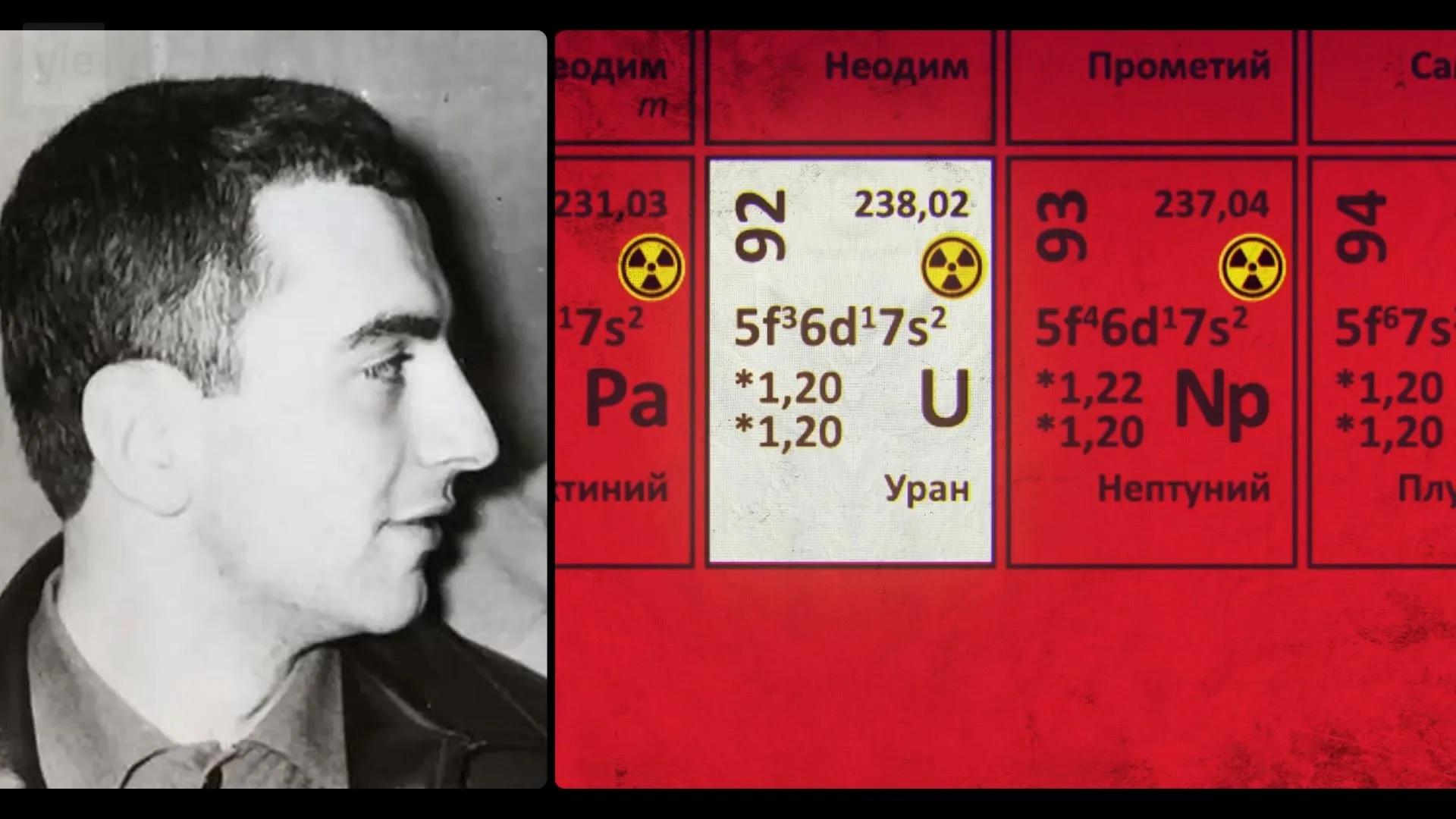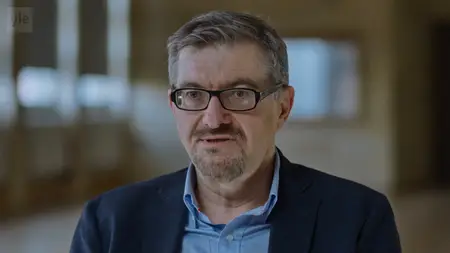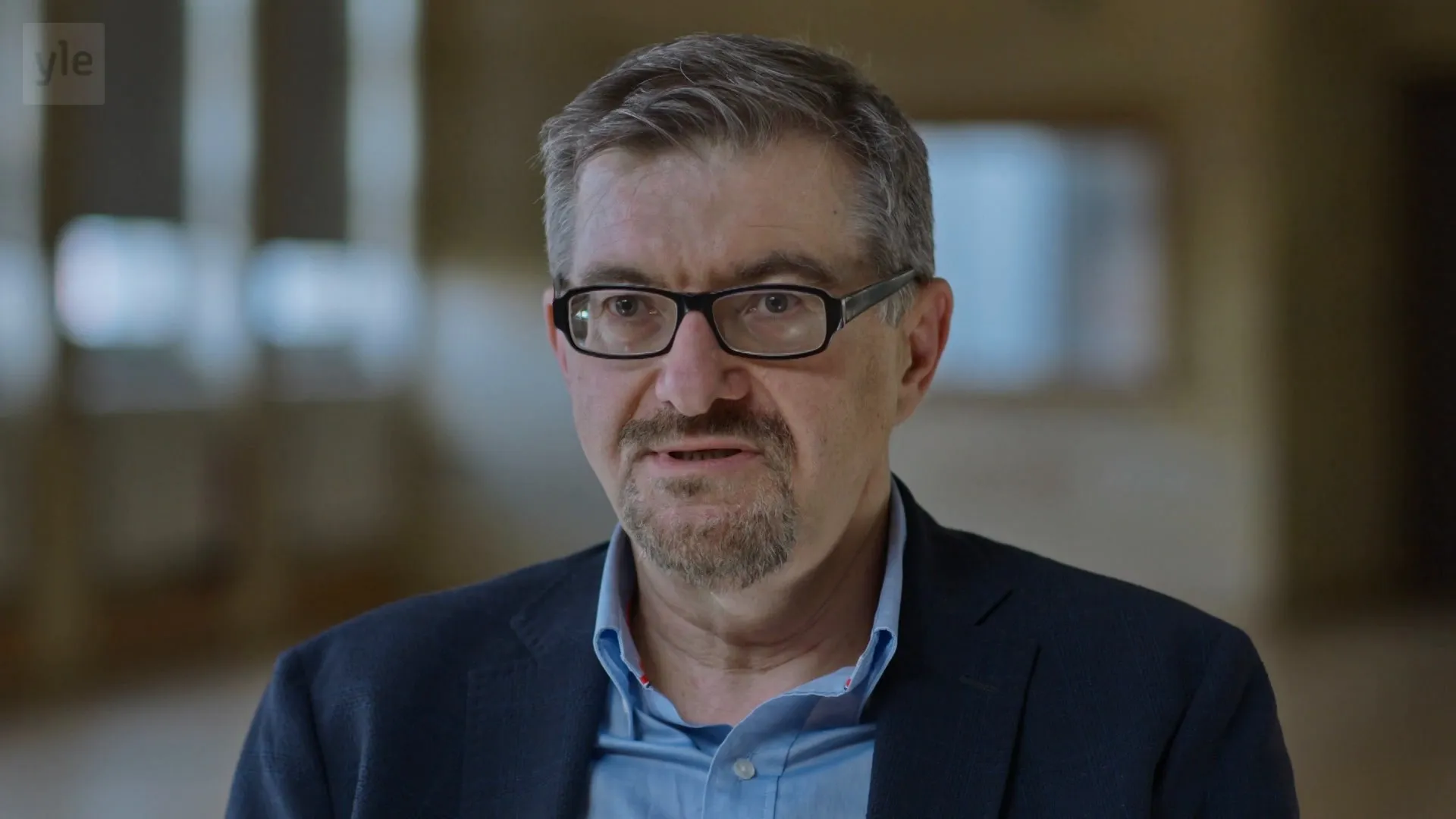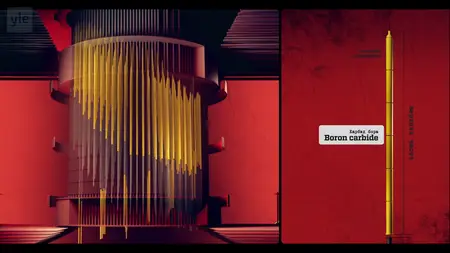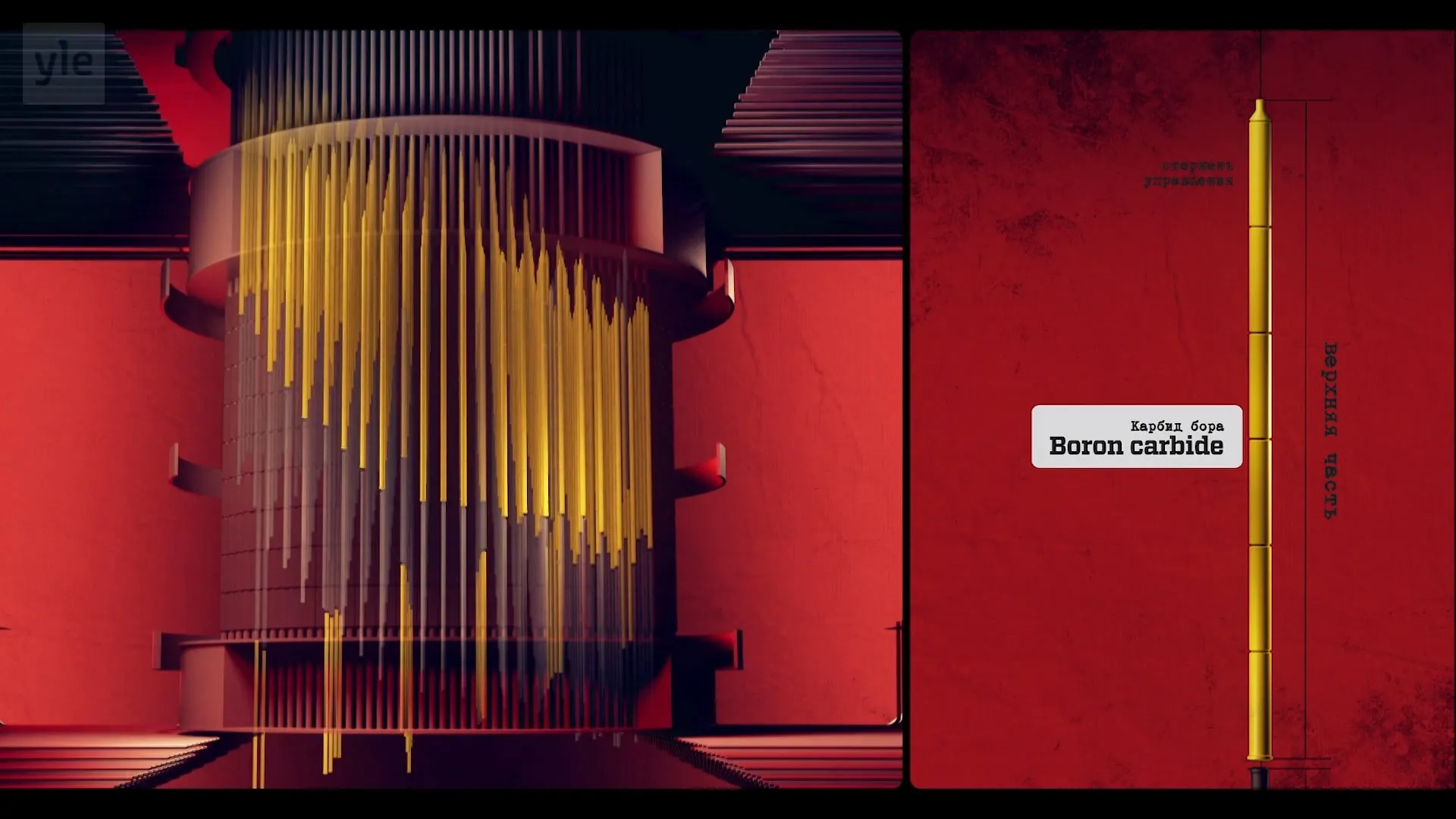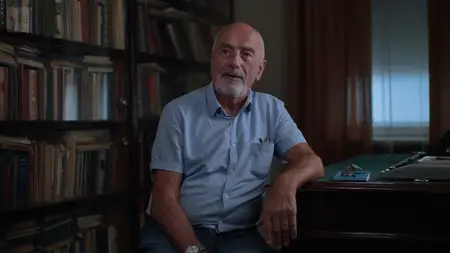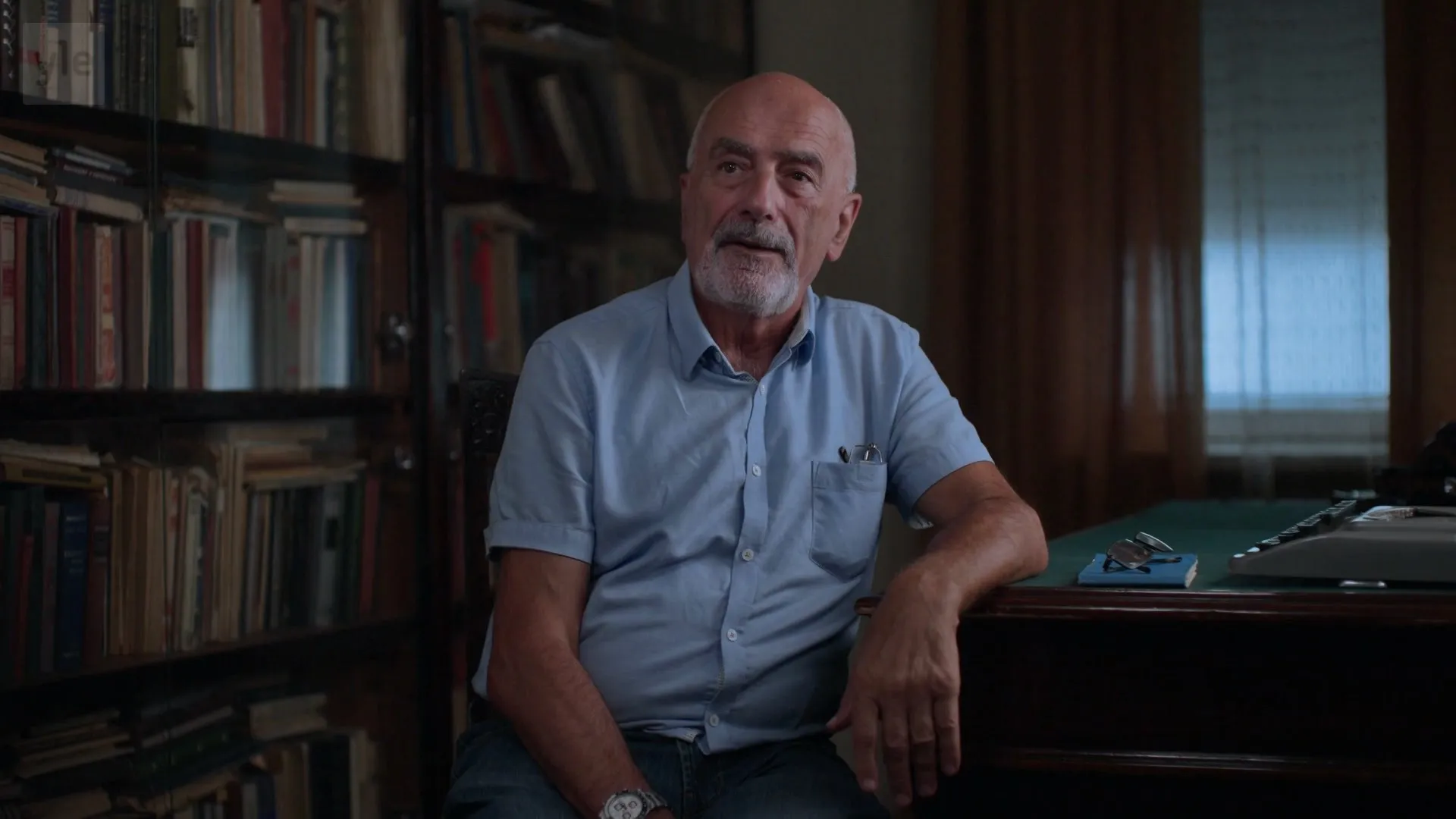ZDF - Chernobyl: Utopia in Flames (2023)
WEBRip | 1920x1080 | .MKV/AVC @ 3740 Kbps | 4x~44min | 4.89 GiB
Audio: English AAC 128 kbps, 2 channels | Subs: English
Genre: Documentary
The Chernobyl disaster on 26 April 1986 is considered the worst nuclear accident in mankind's history – both in terms of casualties and costs. It has impacted the world forever. Many have seen the fictional account. But the true story is even more complex, more human and more shocking than we could ever have imagined.
It starts in 1970 in an area of forest and marshland in Northern Ukraine, very close to a little village that the Ukrainian locals call Chornobyl, in Russian: Chernobyl. There a utopia was made real: the largest nuclear power plant in the world alongside a model town of Soviet communism, Prypjat – they were the embodiment of the achievements of the New Human.
The people who moved to Pripyat were chosen for their skills, their determination, and their willingness to believe in the future. They would all start as construction workers, and later become shop keepers, nurses, policemen, plumbers – everything needed to keep their city going. They lived a dream that most of us today can hardly fathom. But this dream was torn asunder on April 26, 1986 – and today, it is only this ending that most people know about Chernobyl and Pripyat. Now, we uncover the whole, true story through new footage from the nuclear exclusion zone as well as a collection of largely unpublished archive material from the Soviet era, elaborately animating key technical concepts, revealing personal stories of witnesses who lived in that utopia and survived the disaster.
With our contemporary witnesses, we immerse ourselves in the Atomic Age of the Soviet Empire, which is initially shaped by a belief in technology and progress but is soon being pushed through with lies, secrecy and manipulation. These witnesses include nuclear engineer Nikolai Steinberg, who was involved in the construction of Chernobyl and devoted his later life to searching for the real reasons for the disaster; Maria Protsenko, the chief architect of the nuclear city, Prypjat; Oleksiy Breus and Boris Stolyarchuk, who were young workers in the power plant at the time and who survived the reactor meltdown.
The narrative weaves together their stories into one gripping story arc. Statements from international experts along with detailed animation provide insightful facts and figures that help grasp the scope of the events: starting with the construction of the nuclear power plant in the early 1970s through the collapse of the Soviet Union in 1991 up to the harbingers of the current Ukrainian/Russian tragedy.
Written & Directed by Dirk Schneider and Ariane Riecker; LOOKSfilm, MMD Pro and ZDF Co-Production with MDM Mitteldeutsche Medienforderung and German Motion Picture Fund
Part 1: Paradise
In 1970, the Soviet Union began building the Chernobyl nuclear power plant. A prestige project, as it was to be the largest nuclear power plant in the world - thanks to the RBMK super reactor. The Soviet RBMK reactor was a difficult plant to control. Engineers and KGB agents warned the government in Moscow of the deadly risks. In 1983, a serious accident occurred in Chernobyl, but it was kept quiet. Since 1971, the young nuclear engineer Nikolai Steinberg had been working on the gigantic construction site of the Chernobyl nuclear power plant. While studying in Moscow, he first heard about the secret RBMK reactor, which was to supply the Soviet economy with energy. In the middle of nowhere, the Soviet Union built a paradise for nuclear engineers and their families. The Chernobyl nuclear power plant with four reactor blocks and the Ukrainian city of Pripyat were built. It is a city designed on the drawing board for the "atomshchiki", the nuclear technicians who work and live in and around the nuclear power plant. The young city planner Maria Protsenko becomes the city's chief architect. The nuclear city of Pripyat is a paradise for the newly arrived Soviet citizens: there are schools, swimming pools, kindergartens, cultural and shopping centers. A super-fast hydrofoil travels daily from the city across the Pripyat and Dnieper rivers to the metropolis of Kiev.
Part 2: The Accident
On April 26, 1986, at around 1:23 a.m., a reactor exploded in Chernobyl. What began as a safety test ended in inferno. It was the largest nuclear disaster in the world - to this day. Survivors such as nuclear engineer Boris Stolyarchuk describe the events of the night of the accident. The then 26-year-old witnessed the explosions in Block 4 and was certain that he would not survive the night. The next morning, the world was a different place. The young doctor Alexander Bugar was called to the Pripyat hospital early in the morning on April 26, 1986, to treat the acute radiation and burn injuries of the first victims from the nuclear power plant.
That day, the young nuclear engineer Oleksiy Breus met his friend, the reactor operator Leonid Toptunov, for the last time. The young man who was helping to carry out the safety test in Block 4 did not survive the accident. On the morning of April 26, nuclear engineer Nikolai Steinberg - the man who helped build Chernobyl - heard rumors of a nuclear accident a good 1,000 kilometers away from Chernobyl. But by this time, the Soviet Union's secrecy system had already gone into action. The agents of the Soviet secret service KGB sealed off the city completely. The truth about what really happened at the nuclear power plant in northern Ukraine was to be covered up.
Part 3: Lies
Soviet leader Mikhail Gorbachev receives secret information about an explosion at the Chernobyl nuclear power plant. How will the bearer of hope react to the catastrophe? Even after the discovery of a radioactive cloud over Sweden, Moscow remains silent. Specialists on site do not dare to decide to evacuate Pripyat. The contaminated city is not evacuated until 36 hours after the catastrophe. The force of the explosion completely destroyed the Soviet RBMK super reactor. The reactor base plate, weighing 2000 tons, has torn from its anchorage: now more than 200 tons of uranium fuel and over 1800 tons of white-hot graphite are exposed. Radioactive particles rise high into the sky due to heat and contaminate large parts of Europe. The world's first open nuclear reactor is a danger to humanity - and a danger to the entire political system. When the Soviet Union celebrates May 1st with huge parades, its citizens have no idea what has happened in Chernobyl in Ukraine. On site, the power plant staff are battling the consequences of the disaster. Despite the destruction and the danger of death, no one leaves their post. On the morning of April 26, 1986, helicopter pilot Sergei Volodin is the first to fly over the exploded reactor. He measures lethal doses of radiation. But this must remain secret. Nuclear engineer Oleksij Breus tries to cool the damaged reactor at the scene of the accident. Boris Stolyarchuk is taken to a special clinic for radiation victims in Moscow, where the first men to die on the night of the disaster - including reactor operator Leonid Toptunov. He was operating the reactor on the night of the accident.
Part 4: Consequences
The world demands clarification from the Soviet Union after the Chernobyl accident. Moscow makes the power plant staff into scapegoats and conceals errors in Soviet technology. The people of northern Ukraine cannot escape the radioactive fallout. In June 1986, the government in Moscow admits defeat against radiation and an exclusion zone is built. 130,000 people lose their homes and are relocated. In the summer of 1986, Nikolai Steinberg dares to conduct a dangerous experiment on one of the Chernobyl reactors - he wants to finally prove that the RBMK was the cause of the accident due to its design.
But Moscow continues to cling to the theory that the power plant staff are solely to blame for the disaster. While the Soviet government continues to withhold the truth from the world, those who are supposedly guilty of Chernobyl are put on trial. It was only four years after the reactor accident that Nikolai Steinberg was able to reveal the whole truth about the former Soviet flagship reactor RBMK - but his findings were lost in the chaos of the collapsing Soviet Union.
General
Unique ID : 199521765117189862248707678025013616147 (0x961A7E83DDC26B79974814C8FCE95E13)
Complete name : Chernobyl.Utopia.in.Flames.1of4.Paradise.1080p.mkv
Format : Matroska
Format version : Version 4
File size : 1.21 GiB
Duration : 44 min 55 s
Overall bit rate : 3 870 kb/s
Video
ID : 1
Format : AVC
Format/Info : Advanced Video Codec
Format profile : High@L4
Format settings : CABAC / 3 Ref Frames
Format settings, CABAC : Yes
Format settings, Reference frames : 3 frames
Codec ID : V_MPEG4/ISO/AVC
Duration : 44 min 55 s
Bit rate : 3 740 kb/s
Width : 1 920 pixels
Height : 1 080 pixels
Display aspect ratio : 16:9
Frame rate mode : Constant
Frame rate : 25.000 FPS
Color space : YUV
Chroma subsampling : 4:2:0
Bit depth : 8 bits
Scan type : Progressive
Bits/(Pixel*Frame) : 0.072
Stream size : 1.17 GiB (97%)
Default : Yes
Forced : No
Color range : Limited
Color primaries : BT.709
Transfer characteristics : BT.709
Matrix coefficients : BT.709
VARIANT_BITRATE : 3867731
Audio
ID : 2
Format : AAC LC
Format/Info : Advanced Audio Codec Low Complexity
Codec ID : A_AAC-2
Duration : 44 min 55 s
Bit rate : 128 kb/s
Channel(s) : 2 channels
Channel layout : L R
Sampling rate : 44.1 kHz
Frame rate : 43.066 FPS (1024 SPF)
Compression mode : Lossy
Delay relative to video : -80 ms
Stream size : 41.1 MiB (3%)
Language : English
Default : Yes
Forced : No
Text
ID : 3
Format : UTF-8
Codec ID : S_TEXT/UTF8
Codec ID/Info : UTF-8 Plain Text
Duration : 44 min 1 s
Bit rate : 29 b/s
Frame rate : 0.089 FPS
Count of elements : 234
Stream size : 9.49 KiB (0%)
Language : English
Default : Yes
Forced : Yes
Screenshots:



